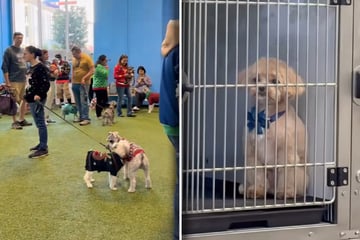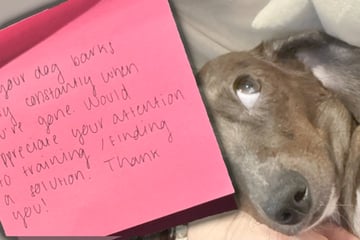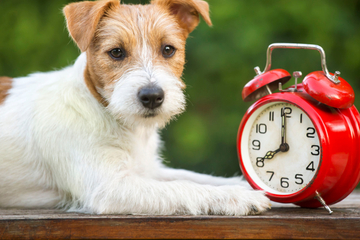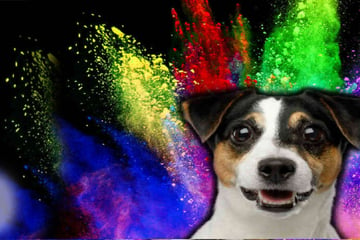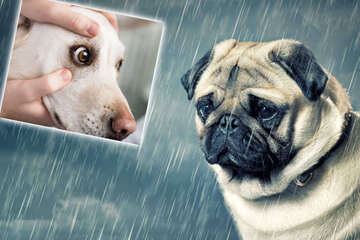Can dogs laugh and smile?
Do dogs smile when they're happy? Pups who look like they have a big grin often put a smile on our faces, but do you know if you're interpreting your pet's behavior correctly, and if dogs can really laugh?
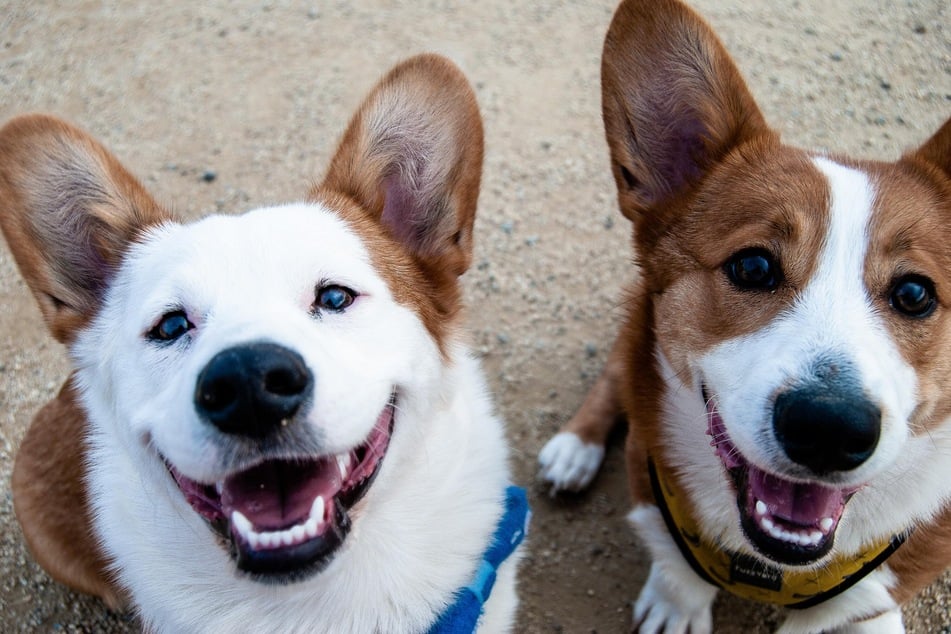
Social media platforms like TikTok, Instagram, and YouTube are full of funny photos and videos of what appear to be smiling dogs.
People often infer their four-legged friends' mood based on their behavior, facial expressions, and gestures.
When a dog becomes a member of the family, human characteristics are regularly attributed to animals. Owners may think their dog is happy in many situations, but that can be a misconception.
What we may believe is a dog's smile is not always a positive sign. Even if a dog looks happy, it can actually be feeling anxious and insecure.
For a long time, researchers believed dogs can't laugh at all.
The opinion has since shifted, with many now saying dogs are capable of laughing and smiling, but dogs smile differently than most people believe.
TAG24 takes a look at dogs' grins, so you can better understand your four-legged friend.
Do dogs actually smile?
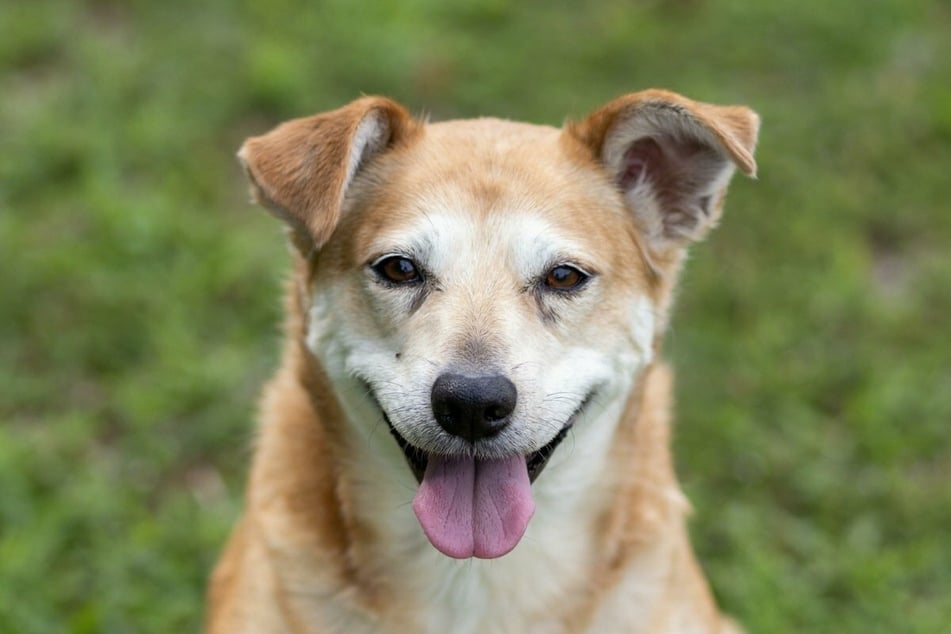
Most photos and videos of smiling dogs don't show a genuine smile, like you'd see on humans.
A dog's smile can mean many things. Your furry friend could be stressed or insecure and trying to show their submissiveness. Your pet could also be putting on a satisfied expression while playing or to please you.
If you want to know why your dog is smiling, you need to observe their behavior.
Your dog is stressed when their mouth is open and their lips and ears are pulled back. Their eyes may be narrowed, causing a "stress crease." They may also stick out their tongue and pant heavily.
But stress isn't always a negative thing in canines. It can also arise from excitement when playing or going for a walk.
If dogs feel insecure, scared, and threatened, they may show their submissiveness. Pulling the corners of their mouth back, baring their teeth slightly, avoiding eye contact, and spreading their ears to the side are behaviors that are supposed to reassure the other person or animal. Often, dogs may stick out their tongue and lick their muzzle. They want to show they are inferior and don't pose any danger.
When playing, dogs have a relaxed facial expression. The skin between their eyes and on their foreheads is wrinkle-free. They seek eye contact with humans and other animals. Sometimes the corners of their mouths are turned up.
Many dogs notice their owners are pleased when they pull the corners of their mouths back and put on what humans consider a happy expression. Some dogs smile because they want to please their owners, get their attention, receive praise, and possibly get a treat.
If they get positive feedback, they will repeat the behavior, not necessarily because they are happy, but rather because they want to please you.
Context is key in evaluating your pet's mood. If the dog is relaxed and feels safe, they may really be smiling.
Do dogs laugh?
Dogs' laughter, which Charles Darwin himself described, is studied through an entire field of research.
Researchers disagree on whether dogs actually laugh. Whether dogs can laugh out loud was posed in 2004 by Patricia Simonet.
In her study, she noted dogs panting or snorting at a certain frequency after playing, which she equated with laughter.
Other exciting findings on this topic come from behavioral scientist Dr. Dorit Urd Feddersen-Petersen. Examining images and video material, she determined that dogs do laugh, a behavior she characterized as a likely imitation of human laughter.
When dogs laugh, she said they uncover their teeth briefly and jerk several times in succession. The rest of their body is completely relaxed.
How do I know if my dog is actually smiling?
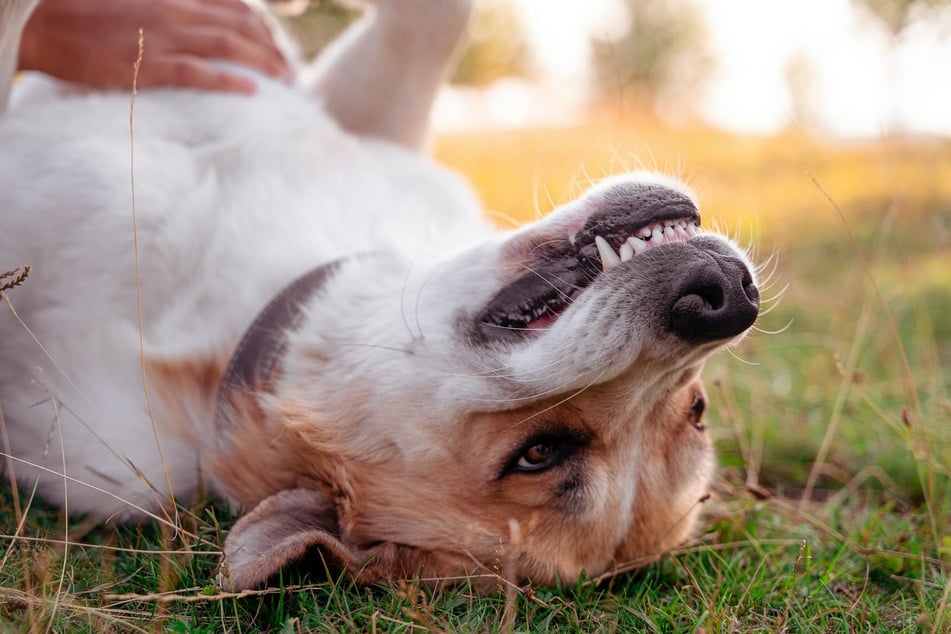
It's not easy to determine if your dog is really smiling. You can ask yourself two questions to find out:
1. Does your dog show its teeth briefly, several times in a row, by twitching its lips?
2. Does your dog's body language seem relaxed, friendly, and happy?
If you answer "yes" to both questions, then it's very likely your dog is genuinely smiling. Possible causes include greeting, playing, scratching, or other physical contact.
Poodles, Greyhounds, and Dalmatians are among the breeds where this behavior has been observed most often. These dogs are not necessarily happier, they've just seemed to pick up the behavior from humans more frequently.
Theoretically, however, any dog can exhibit this behavior, and owners can reinforce it by rewarding their pet for smiling, if they choose.
Research indicates that dogs really do laugh, even if it doesn't always look like it to their owners. This habit likely came about as a result of living with humans.
These clever four-legged friends learn quickly, and who knows what they will surprise us with in the future!
Cover photo: unsplash/gotdaflow
